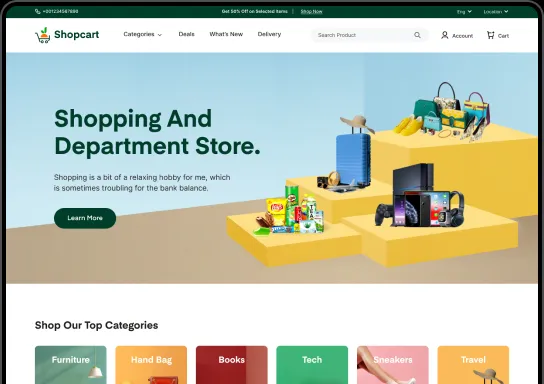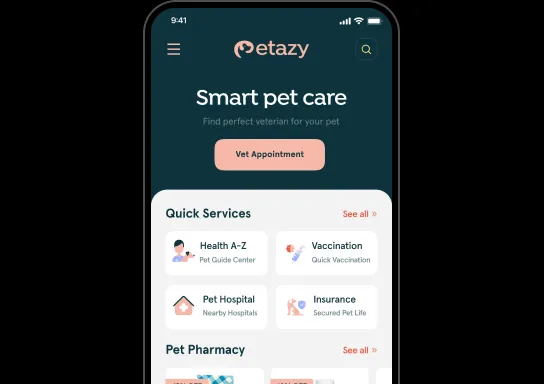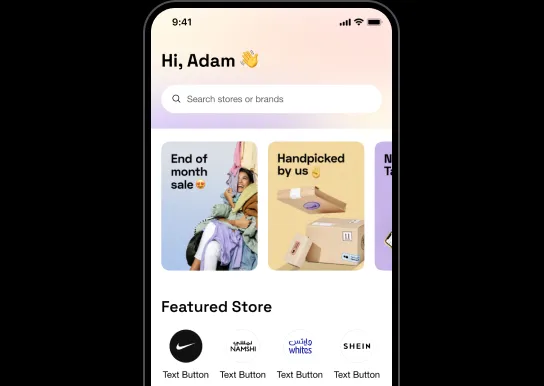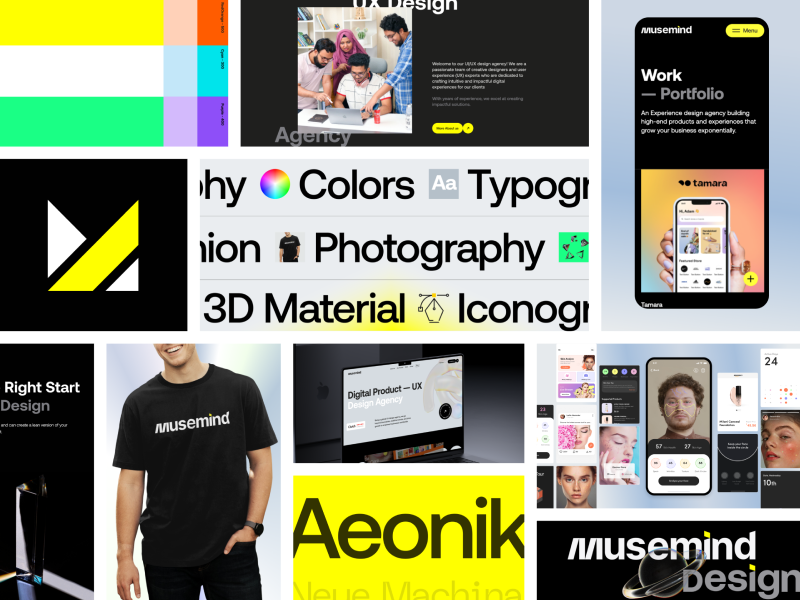A visual branding guide or style guide is often called the Brand Bible. Do you know why? Well, it contains all sorts of essential elements that your company needs to represent in front of the world visibly. Unless you have millions of loyal customers and you need to keep yourself up in the competitive market. Then having impressive, unique, and expressive visual branding is the gateway to this.
We’ve come up with a beginner’s guide on visual branding for small enterprises and startups. Take a break from whatever you are up to, and go through the whole post.
What Is Visual Branding?
The first step of getting into any topic is to understand what the definition says. As long as visual branding or brand style in branding are concerned, here goes the basic know how-
Visual branding is a process or set of presentable components that codifies how your brand would present itself in front of the world. In most cases, it defines what a particular brand looks like, how it sounds like, what impression they create at first glance, and what vibe the brand carries along with its identity.

How To Create A Brand Style Guide?
1 of 3: Create Your Identities-
Dictate Your Logo, Its Size, and Placement
We don’t know how much you believe it, but the logo is a key player in any brand’s visual vibe among the potential audience. If you contain consistency in your company, your logo should reflect it right away.
Instead of talking about the theories, let’s have a look at how some of the iconic brands have mastered their branding elements and strategies with correct logo placement-
Temply
They have created two versions of their logo. One is for light, and another is for the dark theme. Both of them sport the same design, but the frontier colors and the background colors go through change.
FedEx
In case you have a number of parallelly running concerns of your business, then you are given two options. One is the strategy that FedEx follows. No matter what the sister concern is(FedEx Services, FedEx Express, FedEx Home Delivery, FedEx Supply Chain Services, etc.), it has a direct inspiration from the parent logo. The themes and colors can be different, but it should seem like part of one big corporation.
Ever Tried Choosing The Right Color Palette?
This is one step that most startups stumble upon, and that is selecting and re-phrasing the color palette. A Color palette is something that companies use to design a brand, and that combination of colors becomes a representation of the brand itself. Therefore, it should be simple but elaborative. Here are some tips regarding color palettes for perfect branding-

Visual Branding Stage 2 of 3: Master On The Tiny Details
Font and Typography
A massive part of brand identity designing is selecting the right font and text formats. There are thousands and hundreds of typeface families, and you can choose your own typeface family.
While going through the process, here are some rules to keep in mind-
Don’t Miss The Imagery.
Although you are not being forced to do this portion of the visual branding, many have made revolutionary progress. See, a set of images in your style guide will create an instant impression. As the themes of the images, you might embed the theme of your brand. As an example, if you’re an insurance company, you can make a thematic representation of how uninsured accidents can cause way more than what they might think.
Here are some more tips-
Visual Branding Stage 3 of 3: Web-Based Priorities
The last segment of our list is the visual branding of a company through prioritizing the web-based platforms. In other words, we are suggesting you keep the web-based elements in mind. And we can’t deny that the practice is quite a young age comparing other elements of visual branding. Here is a list of elements that you have to take care of-
The Website
Not only to sell retail products to end-users, websites mean way more to you as a brand. Here are some of the tips for making your business website killer-
The Mobile Application
Marketing digitally is not only confined to creating a website anymore. It’s an age of mobile, and everyone uses those tiny screens for business and entertainment. As it’s possible to embed a few more facilities into a mobile app compared to the website, here are some tips-
The steps of visual branding seem to be relatively easy to understand for even a first-time entrepreneur, and now you know how to create a branding guide. But as you get on the field to implement your own reign over the market, that’s where the question of smartness, talent, and business sense comes.
Frequently Asked Questions (FAQ)



























